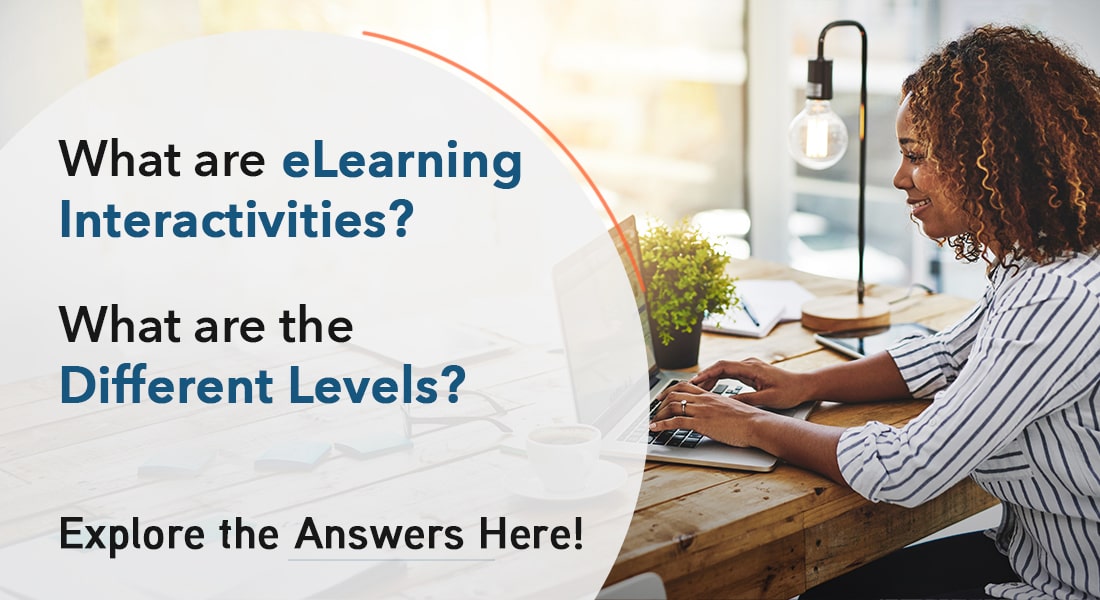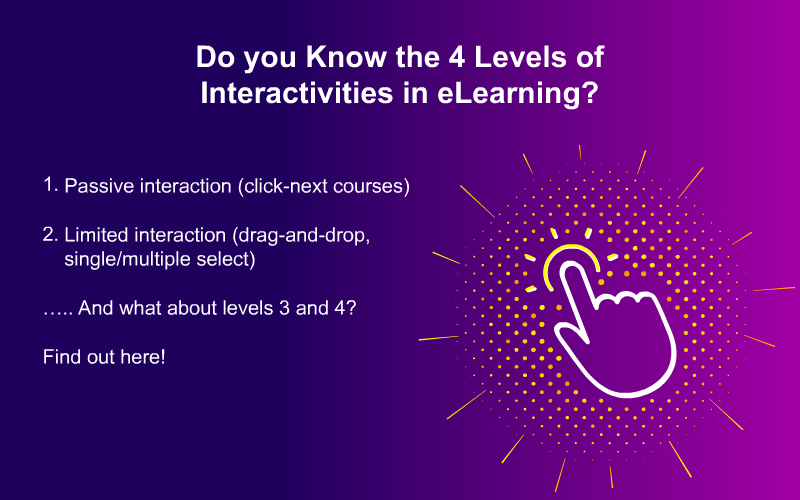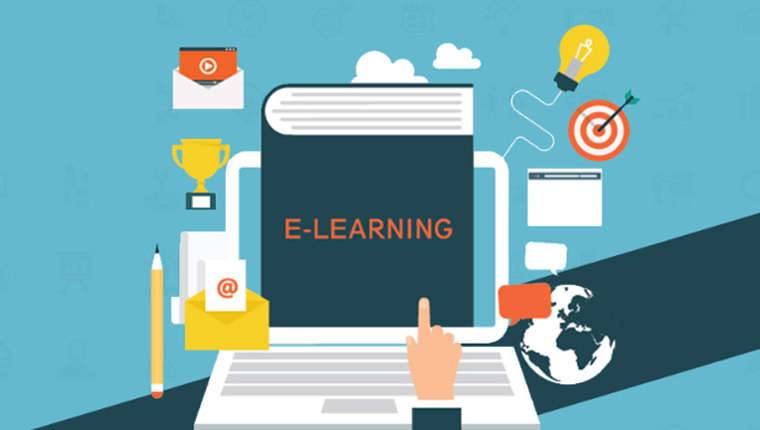5 Ways to Make Your E-learning Courses Interactive
Making courses interactive is tricky and needs the right approach and guidance. Visuals play a key part in interactivity.

In this blog, you will get some practical tips to design courses that gain complete attention of your targeted audience. Designing an e-learning course is very tough and time-consuming for sure, hence, these strategies will help you present the same content in a way that attention of learners can be sustained throughout the course.
Of course, most e-learning courses have active learning attention in the beginning, which eventually gets lost, due to distraction, monotony, poor designing of the course or even when the information is beyond the understanding of the learners.
Such challenges are difficult to handle and may defeat the purpose of e-learning training programs, which is to ensure that learners take the shared knowledge with them at the end of the course.
To overcome these issues, making the courses interactive becomes a big savior. Interactive courses enable a ‘dialogue’ between learners and the online tools that help in better grasping of information and makes the entire process interesting too. It stimulates the minds by enabling them to respond or demonstrate the knowledge shared in the course.
Here are a few tips for you to get on to designing highly interactive eLearning course:
Include Visual Storytelling with Photo Collages
Photo Collages convey the image driven stories which are self-explanatory and draw immediate attention of the learners.
People love hearing stories, so why not weave your content to make a quick short story? You can use any relevant layout for your story. For example – a comic book layout is quite popular, to give your story an interesting appeal.
Just collect some relevant pictures and put them on the slide to create an eye-catching collage. You can use one single image or many images to come up with on-screen interactivity. You need not get into clicking the best images to make it work, rather you can use any of your existing collection for this.
 |
How to be an effective trainer?
|
2. Use Drop-down Navigation Menus
Using navigation keys and drop-down menus, give freedom to learners to choose a topic of interest. Learners instantly get absorbed in learning when they can navigate to the page of their interest. You can always put your suggestions or recommendations on the learning path to direct them to modules which you think are mandatory for them to take up. But, when you allow your learners to choose the order of learning, you are empowering them, thereby, engaging them better.
Another tip that can be used here is to create hyperlinks, which can take the readers on to the main page by clicking on it. Moreover, creating menus help to take off the cognitive load, by allowing learners to go through small portions of the course, as they like.
3. Create Animated Characters
When it comes to e-learning, something as small as animated characters can make a lot of difference. Using animated characters make the course very lively. You can either choose to get animated characters designed by your in-house or hired e-learning partner, or you can also buy them online. One interesting way of using an animated character can be to let your character be the host of the course and that helps learners along the course.
Alternatively, you can also choose to add audio narratives to the characters instead of using bulleted content. Users can click on each character who would then speak out the key information. To improve your design capabilities further, you could integrate vector stock graphics which can be designed by instructional designers. Some examples of these vector stock graphics are, white board with graph, boxed speech, stacked boxes with descriptions on either side and many more.
4. Enable Social Tools
Social functions usually include commenting, giving feedback and sharing the content further. These features can make your course interactive. It lets learners to act and react to the learnings imparted.
Social polls and surveys are also good tools to assess your learners’ perspective and understanding. You can use these surveys to improvise the course, while running it or may edit it as per the received feedback before or after the training.
5. Use Visuals as Much as You Can
Using visuals has a better impact on learners than using audio or text. You can make use of interesting templates or themes, videos, or graphics to make your visuals interesting. The use of text can be done only to fill up the missing links or to reinforce something that has been covered.
When you put in efforts to make your eLearning course interactive, your learners not just grasp the information well, but also retain it longer. The learners can use this information in their everyday tasks to make them more effective. I hope these 5 tips were helpful for you and please feel free to drop-in your comments.





